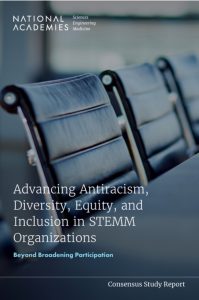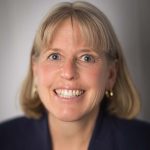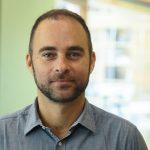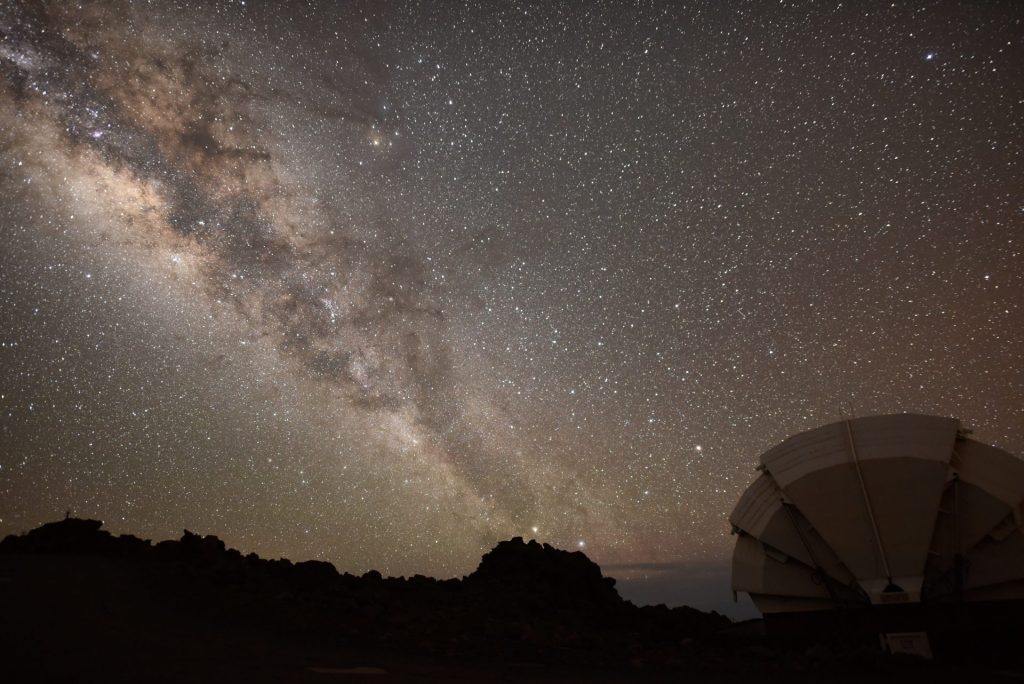Despite considerable investments to increase diversity, equity, and inclusion in science, technology, engineering, mathematics, and medicine (STEMM) fields, substantial barriers still produce inequitable opportunities and outcomes.
To address this challenge, the National Academies of Sciences, Engineering, and Medicine (NASEM), convened an expert committee to assess racism in STEMM organizations and identify steps to increase diversity, equity, and inclusion.
The committee’s report, Advancing Antiracism, Diversity, Equity, and Inclusion in STEMM Organizations, concludes that organizations should move beyond solely increasing the number of participants from minoritized racial and ethnic groups,  and towards actively changing their organizational cultures and environments. The report, which the Heising-Simons Foundation co-sponsored, recommends that this takes place at three levels:
and towards actively changing their organizational cultures and environments. The report, which the Heising-Simons Foundation co-sponsored, recommends that this takes place at three levels:
- Gatekeepers—individuals who can permit or prevent access to resources—play an important role in determining who is included or excluded by defining the necessary individual skills, identities, and values. Research shows that in STEMM, mostly non-Hispanic White males occupy gatekeeper roles.
- Scientists train or work together in teams of varying sizes. While diverse teams perform better, a numerically diverse team does not automatically guarantee positive performance outcomes. Other factors can hinder performance, such as anxiety about working with, and mistreatment of, people from different racial and ethnic backgrounds.
- Organizational and leadership. Leaders can dedicate the appropriate human and financial resources to shape organizational culture and make large-scale change at multiple levels.
Detailed recommendations for changing the culture in organizations, which require sustained attention, leadership, and resources, may be found in the committee’s report and news release.
Follow us on LinkedIn.





